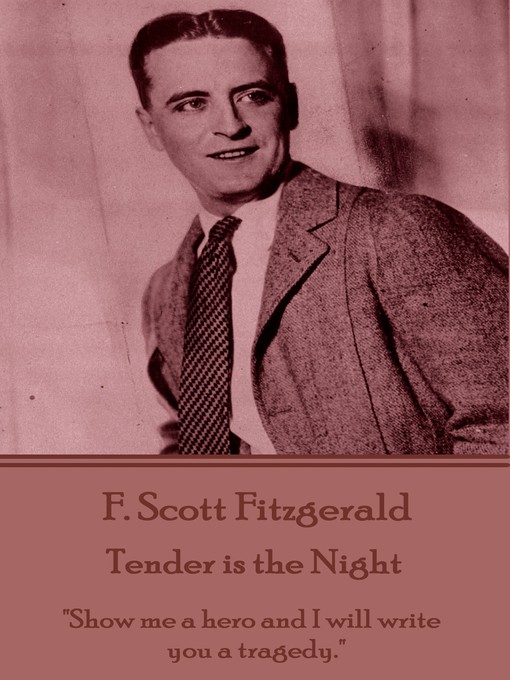Francis Scott Key Fitzgerald was born on September 24th 1896 in Saint Paul, Minnesota, to an upper-middle-class family. His early years in Buffalo, New York showed him to be a boy of high intelligence and drive with a thirst for literature. In 1908, his father was fired from Procter & Gamble, and the family returned to Minnesota. Here Fitzgerald attended St. Paul Academy, in St. Paul, until 1911. At 13 he was published in the school newspaper, it was, of all things, a detective story. In 1911, aged 15, he was sent to the prestigious Newman School in Hackensack, New Jersey. And, after graduating in 1913, he decided to continue at Princeton University. Here he firmly dedicated himself to writing. Unfortunately his writing pursuits came at the expense of his coursework. In 1917 he dropped out to join the U.S. Army. However this service to his country came with the very real fear that he might perish in the trenches of Western Europe with his literary dreams not yet begun. So he spent the weeks before reporting for duty at work on a novel titled The Romantic Egotist. Fitzgerald was assigned to Camp Sheridan, in Alabama. It was there that Fitzgerald met the love of his life; Zelda Sayre, the "golden girl," of Montgomery youth society. The war ended before Fitzgerald could be deployed, and he moved to New York City hoping to start a career in advertising that would be lucrative enough to convince Zelda to marry him. Unable to convince her that his means were enough to support her she broke off the engagement. Fitzgerald returned to his parents in St. Paul, to revise The Romantic Egoist, now recast as This Side of Paradise. His revised novel was accepted by Scribner's and published in 1920 becoming an instant success. It launched Fitzgerald's career as a writer and provided a steady income suitable for Zelda's ambitions. The engagement resumed and they married at St. Patrick's Cathedral in New York. Inspired by the parties he had attended visiting Long Island's north shore Fitzgerald began planning the greatest of his novels, The Great Gatsby, in 1923, wanting to produce "something new—something extraordinary and beautiful and simple and intricately patterned." Published in April 1925, The Great Gatsby received mixed reviews and sold poorly; only 20,000 in its first year. Today, it is considered a literary classic and one of a small circle vying for the title "Great American Novel".
- Nýjar Rafbækur
- Ástarsögur og skvísubækur
- Barnabækur fyrir miðstig
- Fantasíur
- Handverksbækur
- Hrollvekjandi rafbækur
- Myndasögur
- Sjálfshjálparbækur
- Vísindaskáldskapur
- Ævisögur og endurminningar
- See all skoða rafbækur collections
- Nýjar Hljóðbækur
- Á meðan þú bíður...
- Ástarsögur og skvísubækur - Hljóðbækur
- Fantasíur - Hljóðbækur
- Hrollvekjandi hljóðbækur
- Sjálfshjálparbækur
- Sögur fyrir Svefninn
- Vísindaskáldsögur
- Ævisögur og endurminningar - Hljóðbækur
- See all skoða hljóðbækur collections
- Ástir og íþróttir
- Booker-verðlaunin
- Bækur á dönsku
- Bækur á finnsku
- Bækur á frönsku
- Bækur á norsku
- Bækur á pólsku - książki po polsku
- Bækur á spænsku
- Bækur á sænsku
- Bækur á þýsku
- Dark Academia
- Dublin bókmenntaverðlaunin
- Edgar glæpasagnaverðlaunin
- See all skoða allt collections

